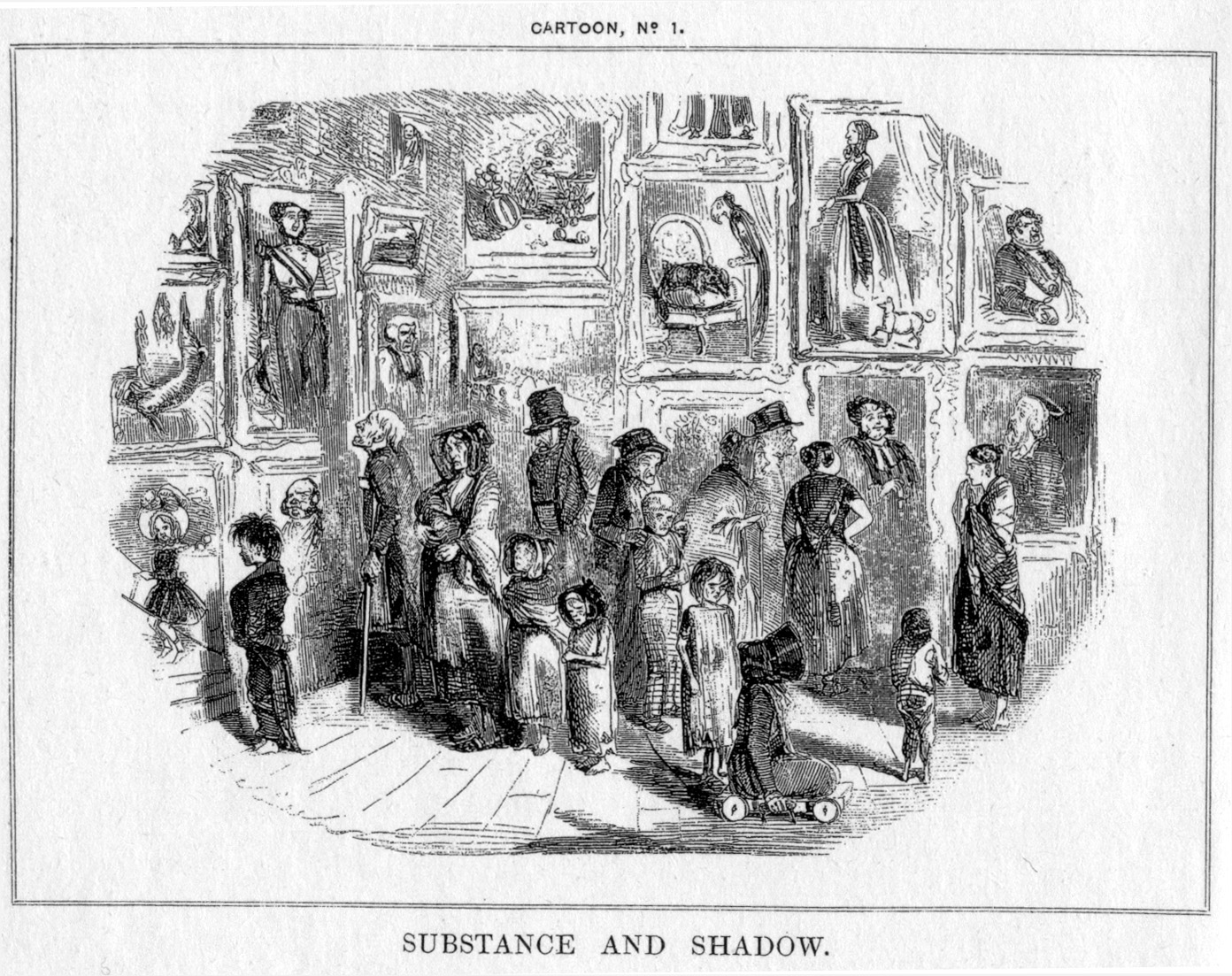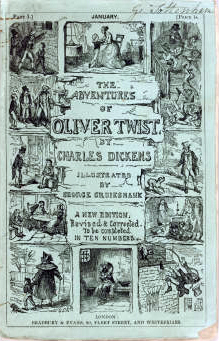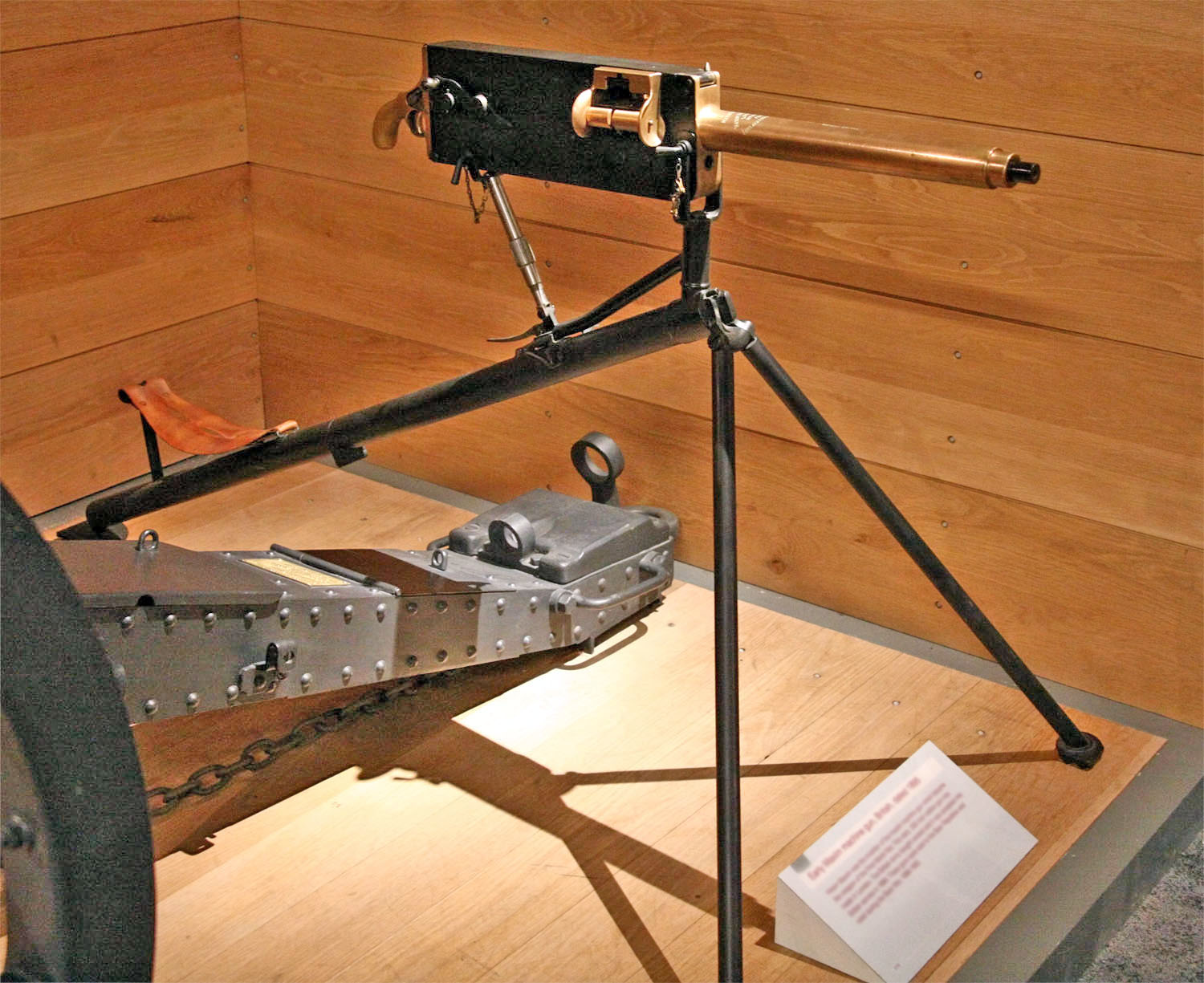|
Hatton Garden
Hatton Garden is a street and commercial zone in the Holborn district of the London Borough of Camden, abutting the narrow precinct of Saffron Hill which then abuts the City of London. It takes its name from Sir Christopher Hatton, a favourite of Queen Elizabeth I of England, Elizabeth I, who established a mansion here and gained possession of the garden and orchard of Ely Place, the London seat of the Bishop of Ely, Bishops of Ely. It remained in the Hatton family and was built up as a stylish residential development in the reign of King Charles II of England, Charles II. For some decades it often went, outside of the main street, by an alternative name St Alban's Holborn, after St Alban's Church, Holborn, the local church built in 1861. St Etheldreda's Church, London, St Etheldreda's Church in Ely Place, all that survives of the old Bishop's Palace, is one of only two remaining buildings in London dating from the reign of Edward I of England, Edward I. It is one of the oldes ... [...More Info...] [...Related Items...] OR: [Wikipedia] [Google] [Baidu] |
Hatton
Hatton may refer to: Places England * Hatton, Cheshire West and Chester, a former civil parish * Hatton, Derbyshire, a village and civil parish * Hatton, Lincolnshire, a village and civil parish * Hatton, London, in the London Borough of Hounslow * Hatton, Shropshire, a hamlet in the civil parish of Eaton-under-Heywood * Hatton, Warrington, Cheshire, a civil parish and hamlet * Hatton, Warwickshire, a village and civil parish Scotland * Hatton, Aberdeenshire, a village * Hatton Castle, Aberdeenshire * Hatton Castle, Angus * Hatton Hill, a mountain landform in Angus United States * Hatton, Colbert County, Alabama, an unincorporated community * Hatton, Lawrence County, Alabama, a census-designated place and unincorporated community * Hatton, Arkansas, an unincorporated community * Hatton, Kentucky, an unincorporated community * Hatton Township, Michigan ** Hatton, Michigan, an unincorporated community * Hatton, Missouri, an unincorporated community * Hatton, Nort ... [...More Info...] [...Related Items...] OR: [Wikipedia] [Google] [Baidu] |
Charity School
Charity schools, sometimes called blue coat schools, or simply the Blue School, were significant in the history of education in England. They were built and maintained in various parishes by the voluntary contributions of the inhabitants to teach poor children to read and write, and for other necessary parts of education. They were usually maintained by religious organisations, which provided clothing and education to students freely or at little charge. In most charity schools, children were put out to trades, services, etc., by the same charitable foundation. Some schools were more ambitious than this and sent a few pupils on to university. Charity schools began in London, and spread throughout most of the urban areas in England and Wales. By 1710, the statistics for charity schools in and around London were as follows: number of schools, 88; boys taught, 2,181; girls, 1,221; boys put out to apprentices, 967; girls, 407. By the 19th century, English elementary schools were ... [...More Info...] [...Related Items...] OR: [Wikipedia] [Google] [Baidu] |
Lady Elizabeth Hatton
Elizabeth, Lady Coke (née Cecil; 1578 – 3 January 1646), was an English court office holder. She served as lady-in-waiting to the queen consort of England, Anne of Denmark. She was the daughter of Thomas Cecil, 1st Earl of Exeter, and Dorothy Neville, and the granddaughter of William Cecil, 1st Baron Burghley. She was the wife of Sir William Hatton and later of Sir Edward Coke. Early life Elizabeth Cecil was the daughter of Thomas Cecil, 1st Earl of Exeter and Dorothy Neville (1548–1609). Her maternal grandfather was John Neville, 4th Baron Latimer and her maternal grandmother was Lady Lucy Somerset, daughter of Henry Somerset, 2nd Earl of Worcester and his first wife Margaret Courtenay. Her paternal grandfather was William Cecil, 1st Baron Burghley and her paternal grandmother was Mary Cheke (died February 1543). Marriage to William Hatton In the early 1590s, Elizabeth married Sir William Hatton (formerly Newport) (1560–1597), the son of John Newport (d. 1566) o ... [...More Info...] [...Related Items...] OR: [Wikipedia] [Google] [Baidu] |
Bloomsbury Square
Bloomsbury Square is a garden square in Bloomsbury, in the London Borough of Camden, London. Developed in the late 17th century, it was initially known as Southampton Square and was one of the earliest London squares. By the early 19th century, Bedford House along the north of the square had been demolished and replaced with terraced housing designed by James Burton. Geography To the north of the square is Great Russell Street and Bedford Place, leading to Russell Square. To the south is Bloomsbury Way. To the west is the British Museum and Holborn is the nearest underground station to the southeast. There are gardens in the centre of the square. History The square was developed for the 4th Earl of Southampton in the early 1660s and was initially known as Southampton Square. It was one of the earliest London squares. The Earl's own house, then known as Southampton House and later as Bedford House after the square and the rest of the Bloomsbury Estate passed by marriag ... [...More Info...] [...Related Items...] OR: [Wikipedia] [Google] [Baidu] |
Restoration (England)
The Stuart Restoration was the reinstatement in May 1660 of the Stuart monarchy in England, Scotland, and Ireland. It replaced the Commonwealth of England, established in January 1649 after the execution of Charles I, with his son Charles II. The Commonwealth of England had been governed by Lord Protector Oliver Cromwell and then his son Richard Cromwell. The term is also used to describe the reign of Charles II (1660–1685), and sometimes that of his younger brother James II (1685–1688). The Protectorate After Richard Cromwell, Lord Protector from 1658 to 1659, ceded power to the Rump Parliament, Charles Fleetwood and John Lambert then dominated government for a year. On 20 October 1659, George Monck, the governor of Scotland under the Cromwells, marched south with his army from Scotland to oppose Fleetwood and Lambert. Lambert's army began to desert him, and he returned to London almost alone whilst Monck marched to London unopposed. The Pre ... [...More Info...] [...Related Items...] OR: [Wikipedia] [Google] [Baidu] |
Hatton Garden 20130413 039
Hatton may refer to: Places England * Hatton, Cheshire West and Chester, a former civil parish * Hatton, Derbyshire, a village and civil parish * Hatton, Lincolnshire, a village and civil parish * Hatton, London, in the London Borough of Hounslow * Hatton, Shropshire, a hamlet in the civil parish of Eaton-under-Heywood * Hatton, Warrington, Cheshire, a civil parish and hamlet * Hatton, Warwickshire, a village and civil parish Scotland * Hatton, Aberdeenshire, a village * Hatton Castle, Aberdeenshire * Hatton Castle, Angus * Hatton Hill, a mountain landform in Angus United States * Hatton, Colbert County, Alabama, an unincorporated community * Hatton, Lawrence County, Alabama, a census-designated place and unincorporated community * Hatton, Arkansas, an unincorporated community * Hatton, Kentucky, an unincorporated community * Hatton Township, Michigan ** Hatton, Michigan, an unincorporated community * Hatton, Missouri, an unincorporated community * Hatton, Nort ... [...More Info...] [...Related Items...] OR: [Wikipedia] [Google] [Baidu] |
Punch (magazine)
''Punch, or The London Charivari'' was a British weekly magazine of humour and satire established in 1841 by Henry Mayhew and wood-engraver Ebenezer Landells. Historically, it was most influential in the 1840s and 1850s, when it helped to coin the term "cartoon" in its modern sense as a humorous illustration. Artists at ''Punch'' included John Tenniel who, from 1850, was the chief cartoon artist at the magazine for over 50 years. The editors took the anarchic puppet Mr Punch, of Punch and Judy, as their mascot—the character appears in many magazine covers—with the character also an inspiration for the magazine's name. With its satire of the contemporary, social, and political scene, ''Punch'' became a household name in Victorian Britain. Sales of 40,000 copies a week by 1850 rose above 100,000 by 1910. After the 1940s, when its circulation peaked, it went into a long decline, closing in 1992. It was revived in 1996, but closed again in 2002. History ''Punch'' was found ... [...More Info...] [...Related Items...] OR: [Wikipedia] [Google] [Baidu] |
Oliver Twist
''Oliver Twist; or, The Parish Boy's Progress'', is the second novel by English author Charles Dickens. It was originally published as a serial from 1837 to 1839 and as a three-volume book in 1838. The story follows the titular orphan, who, after being raised in a workhouse, escapes to London, where he meets a gang of juvenile pickpockets led by the elderly criminal Fagin, discovers the secrets of his parentage, and reconnects with his remaining family. ''Oliver Twist'' unromantically portrays the sordid lives of criminals and exposes the cruel treatment of the many orphans in England in the mid-19th century. The alternative title, ''The Parish Boy's Progress'', alludes to Bunyan's '' The Pilgrim's Progress'' as well as the 18th-century caricature series by painter William Hogarth, '' A Rake's Progress'' and '' A Harlot's Progress''. In an early example of the social novel, Dickens satirises child labour, domestic violence, the recruitment of children as criminals, and t ... [...More Info...] [...Related Items...] OR: [Wikipedia] [Google] [Baidu] |
Grey Advertising
Grey Group is a global advertising and marketing agency with headquarters in New York City, and 432 offices in 96 countries, operating in 154 cities. It is organized into four geographical units: North America; Europe, Middle East and Africa, Asia-Pacific, and Latin America. It is a unit of communications conglomerate WPP Group. History Founded in by Lawrence Valenstein and Arthur C. Fatt, Grey Global Group began as a direct marketing company named Grey Studios, reflecting the color of the wall of its original quarters, changing to Grey Advertising in 1925. In , Grey acquired its first major client, Procter & Gamble. In 1961, billings reached $59 million and in the same year, Herbert D. Strauss was named president and the firm expanded domestically and internationally. [...More Info...] [...Related Items...] OR: [Wikipedia] [Google] [Baidu] |
Blinkbox
TalkTalk TV Store (formerly blinkbox) was a UK-based transactional (purchase and rental) video-on-demand (VoD) service available on Macintosh and Microsoft Windows computers, games consoles, tablet computers and Smart TVs. Content was generally streamed, with downloading possible on Windows PC/laptops. The blinkbox brand had been extended to companion services offering digital music and books. Tesco bought an 80% stake in the business in 2011 as part of a move into digital content. On 8 January 2015 the company sold blinkbox Movies to TalkTalk Group, who stated they intended to integrate the service into its own range of services. Tesco sold blinkbox Music to Guvera on 26 January 2015, and confirmed it would close its blinkbox Books division at the end of February 2015. TalkTalk renamed the blinkbox Movies service in 2016. In May 2018 TalkTalk announced that they would close the service completely, with customers transferring to rival service Rakuten TV. History The company ... [...More Info...] [...Related Items...] OR: [Wikipedia] [Google] [Baidu] |
Maxim Gun
The Maxim gun is a Recoil operation, recoil-operated machine gun invented in 1884 by Hiram Maxim, Hiram Stevens Maxim. It was the first automatic firearm, fully automatic machine gun in the world. The Maxim gun has been called "the weapon most associated with imperial conquest" by historian Martin Gilbert, and was heavily used by Colonialism, colonial powers during the "Scramble for Africa". Afterwards, Maxim guns also saw extensive usage by different armies during the Russo-Japanese War, the World War I, First and World War II, Second World Wars, as well as in contemporary conflicts. The Maxim gun was greatly influential in the development of machine guns, and it has multiple variants and derivatives. Design The Maxim gun featured one of the earliest recoil-operated firing systems in history. Energy from recoil acting on the breech block is used to eject each spent cartridge and insert the next one. Maxim's earliest designs used a 360-degree rotating cam to reverse the move ... [...More Info...] [...Related Items...] OR: [Wikipedia] [Google] [Baidu] |
Hiram Maxim
Sir Hiram Stevens Maxim (5 February 1840 – 24 November 1916) was an American-born British inventor best known as the creator of the first automatic machine gun, the Maxim gun. Maxim held patents on numerous mechanical devices such as hair-curling irons, a mousetrap, and steam pumps. Maxim laid claim to inventing the lightbulb. Maxim experimented with powered flight; his large aircraft designs were never successful. Circa 1904 he designed a highly successful amusement ride called the "Captive Flying Machine" to fund his research while generating public interest in flight. Maxim moved from the United States to the United Kingdom at the age of 41, and remained an American citizen until he became a naturalised British citizen in 1899, and received a knighthood in 1901. Birth and early life Maxim was born in Sangerville, Maine on 5 February 1840, into a family of French Huguenot origin. He became an apprentice Coach (vehicle), coachbuilder at the age of 14 and ten yea ... [...More Info...] [...Related Items...] OR: [Wikipedia] [Google] [Baidu] |






